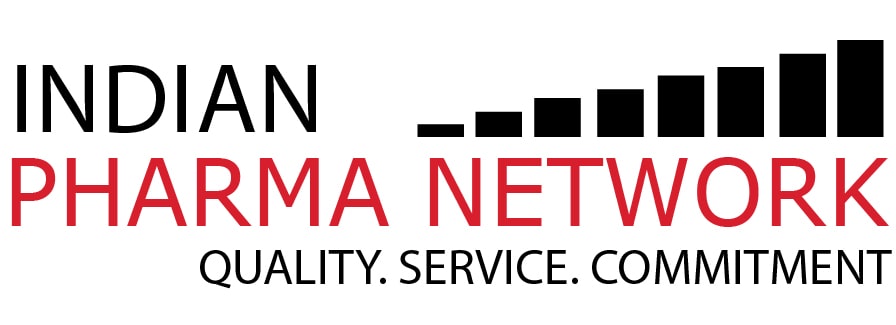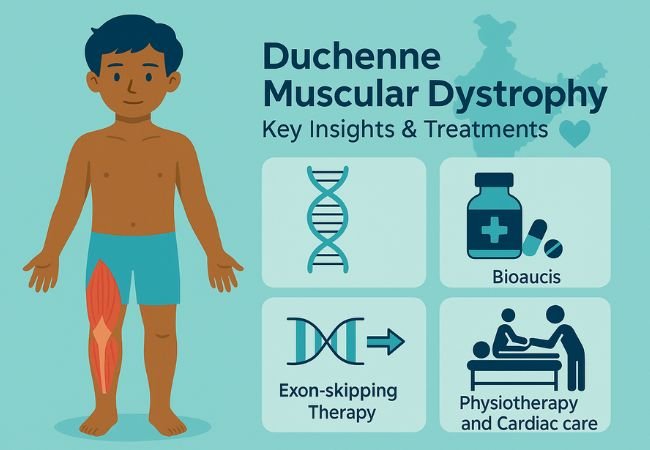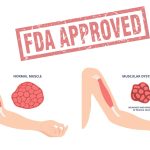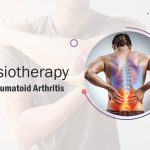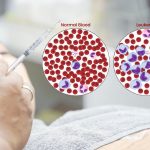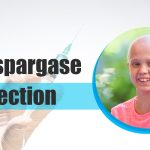DMD is a life-threatening, progressive genetic disorder. It mainly affects males. This disorder is one of the many types of muscular dystrophies. The dystrophin gene mutations that cause the disease result in little to no production of the dystrophin protein. For muscle fibres to remain robust and intact, dystrophin is necessary. Without it, muscles gradually deteriorate, weaken, and cease to function.
Symptoms typically occur in early childhood (ages 2–5 years). Children may exhibit a waddling gait, enlarged calves (pseudohypertrophy), frequent falls, delayed motor milestones, difficulty climbing stairs, and progressive weakness of the shoulder and hip muscles. Loss of walking ability (ambulatory state) and complications like heart disease and breathing issues arise as the disease progresses.
How Common is DMD in India?
- About 1 in 3,500 male births are affected.
- Thousands of boys in India are thought to be impacted, although precise numbers are not well-documented because of a lack of registries and awareness.
- Research conducted in Eastern Uttar Pradesh, for instance, confirms common clinical characteristics and a disease course that resembles patterns seen worldwide.
Diagnosis:
Timely diagnosis is crucial. Important diagnostic tools:
- Clinical evaluation – evaluating symptoms such as calf enlargement, falls, delayed walking, and muscle weakness.
- Blood tests – Elevated Creatine Kinase (CK) levels in blood tests signify muscle damage.
- Genetic testing – To verify a dystrophin gene mutation, genetic testing is required. aids in therapy planning (exon skipping, for example).
- Muscle biopsy – In some situations, a muscle biopsy is performed to check for the dystrophin protein.
- Cardiac and respiratory evaluation – because DMD frequently involves the deterioration of the breathing muscles and cardiomyopathy, or weakness of the heart muscles.
Treatment & Management:
Although there isn’t a cure for DMD at this time, there are a number of management techniques and treatments that can help prolong life expectancy, enhance quality of life, and slow the disease’s progression.
Standard & Supportive Care:
- Corticosteroids (e.g., prednisone, prednisolone) are widely used. They help slow muscle weakening, prolong walking ability, and postpone complications.
- Physical therapy and occupational therapy – Maintaining muscle strength, preventing contractures (stiff joints), and promoting mobility are the goals of physical and occupational therapy.
- Respiratory support – Non-invasive ventilation and, if necessary, assisted ventilation are examples of respiratory support. aids in controlling respiratory weakness.
- Cardiac management – regular monitoring with echo, ECG; treating heart failure or arrhythmias in case they appear.
Novel & Emerging Therapies:
- Exon-skipping therapy – New and developing treatments include exon-skipping therapy, which allows partial dystrophin production by avoiding certain exons in certain mutations. Drugs like golodirsen for exon 53 skipping are generally recommended.
- Gene therapy / micro-dystrophin approaches are under clinical trials in several places. These aim to deliver a functional dystrophin gene or a shorter version (micro- or mini-dystrophin) to muscle cells.
- New corticosteroids / steroid alternatives – Newer corticosteroids and steroid substitutes, such as vamorolone (marketed under the name Agamree), are made to provide the same benefits but with fewer side effects.
Experimental & Research Areas:
- India and other countries are investigating stem cell treatments. However, outside of approved trials, stem cell therapy is not advised as a standard treatment by current guidelines (such as the ICMR). It’s still experimental.
- Research is being done on anti-inflammatory techniques as a supplement to gene therapy in order to enhance results.
Indian Guidelines & Support:
- Clinical Practice Guidelines for the management and rehabilitation of DMD in the Indian context have been released by the Indian Association of Physical Medicine & Rehabilitation (IAPMR). These include respiratory and cardiac monitoring, supportive care, and physical therapy.
- Better registries, early diagnosis, and access to more advanced treatments are also key components of India’s rare disease policies.
Life Expectancy & Quality of Life:
- Many DMD patients lose their ability to walk by their early teens and may not live past their late teens or early twenties if they do not receive treatment.
- Life expectancy has increased due to modern supportive care (cardiac, respiratory, and steroids); some people may now live into their 30s or beyond.
- Multidisciplinary care—physical, respiratory, cardiac, psychological, and nutritional—is crucial to quality of life.
Challenges in India:
- In many parts of the country, there is a limited awareness and delayed diagnosis.
- Cost and access to genetic testing and novel therapies are barriers.
- Many new treatments are not authorised or accessible in the area.
- Comprehensive facilities with a focus on neuromuscular disorders are required.
- In many areas, follow-up care, data collection, and registries are still lacking.
What Families & Patients Can Do:
- If symptoms (such as delayed walking or frequent falls) appear, seek neurological consultation as soon as possible.
- Under a doctor’s supervision, use corticosteroids.
- Regularly receive cardiac examinations, respiratory treatment, and physical therapy.
- Investigate networks for rare diseases and patient support groups.
- Only take part in authorised clinical trials for experimental treatments.
Outlook & Future Directions:
- Globally, more gene therapy trials are progressing. Researchers in India are developing treatments tailored to specific mutations.
- Newer steroids and other medications with fewer adverse effects are being used.
- Improved diagnostic tools, telemedicine, and digital health could help reach remote or rural areas.
- Better funding, increased awareness, and improved rare disease policy will all contribute to earlier diagnosis and better results.
Muscular Dystrophy in India: The Road Ahead
Duchenne Muscular Dystrophy (DMD) is a dangerous genetic condition. It is characterised by progressive muscle weakness and other complications. Even though the incidence is roughly 1 in 3,500 male births in India, many cases go undiagnosed. Steroids, physical therapy, respiratory care, and cardiac care are the mainstays of treatment today; newer treatments like gene therapy, exon skipping, and newer steroids offer hope. In India, there are standard treatment guidelines, but issues with awareness, access, and cost still exist. Both life expectancy and quality of life are increasing with more advanced options and comprehensive care.
References:
- Lippincott
- Journals+2MedicoExperts+2
- MedicoExperts+1
- PMC
- Lippincott Journals+1
- Lippincott Journals+1
- Lippincott Journals+2PMC+2
- Muscular Dystrophy Association+2PMC+2
- Muscular Dystrophy Association
- ICMR
- Frontiers
- iapmr.in
- Lippincott Journals+2PMC+2
- Lippincott Journals+2Lippincott Journals+2
What are the common symptoms of Duchenne Muscular Dystrophy (DMD)?
Symptoms of DMD usually appear between the ages 2 to 5 years and include delayed walking, frequent falls, difficulty climbing stairs, progressive muscle weakness, enlarged calves, and later breathing or heart complications.
How is Duchenne Muscular Dystrophy treated in India?
DMD treatment in India includes corticosteroids, physiotherapy, cardiac and respiratory care, and supportive therapies. Newer drugs such as exon-skipping therapies and Agamree (vamorolone) are also gaining attention for improved management.
What is Agamree (vamorolone) used for in DMD?
Agamree (vamorolone) is a newer corticosteroid. It is approved for Duchenne Muscular Dystrophy (DMD). It helps slow muscle weakening like traditional steroids but is developed to cause fewer side effects. This make it a promising therapeutic option.
Is Agamree available for Duchenne Muscular Dystrophy patients in India?
Agamree in India is not yet commercially available, but patients can access it through special regulatory pathways such as Named Patient Import Programs, with the support of pharmaceutical importers like Indian Pharma Network (IPN).
What is the life expectancy of patients with DMD?
With proper care, patients with DMD can live into their late 20s or 30s. Modern treatments, including steroids like Agamree, respiratory support, and cardiac care, are helping improve both lifespan and quality of life.
